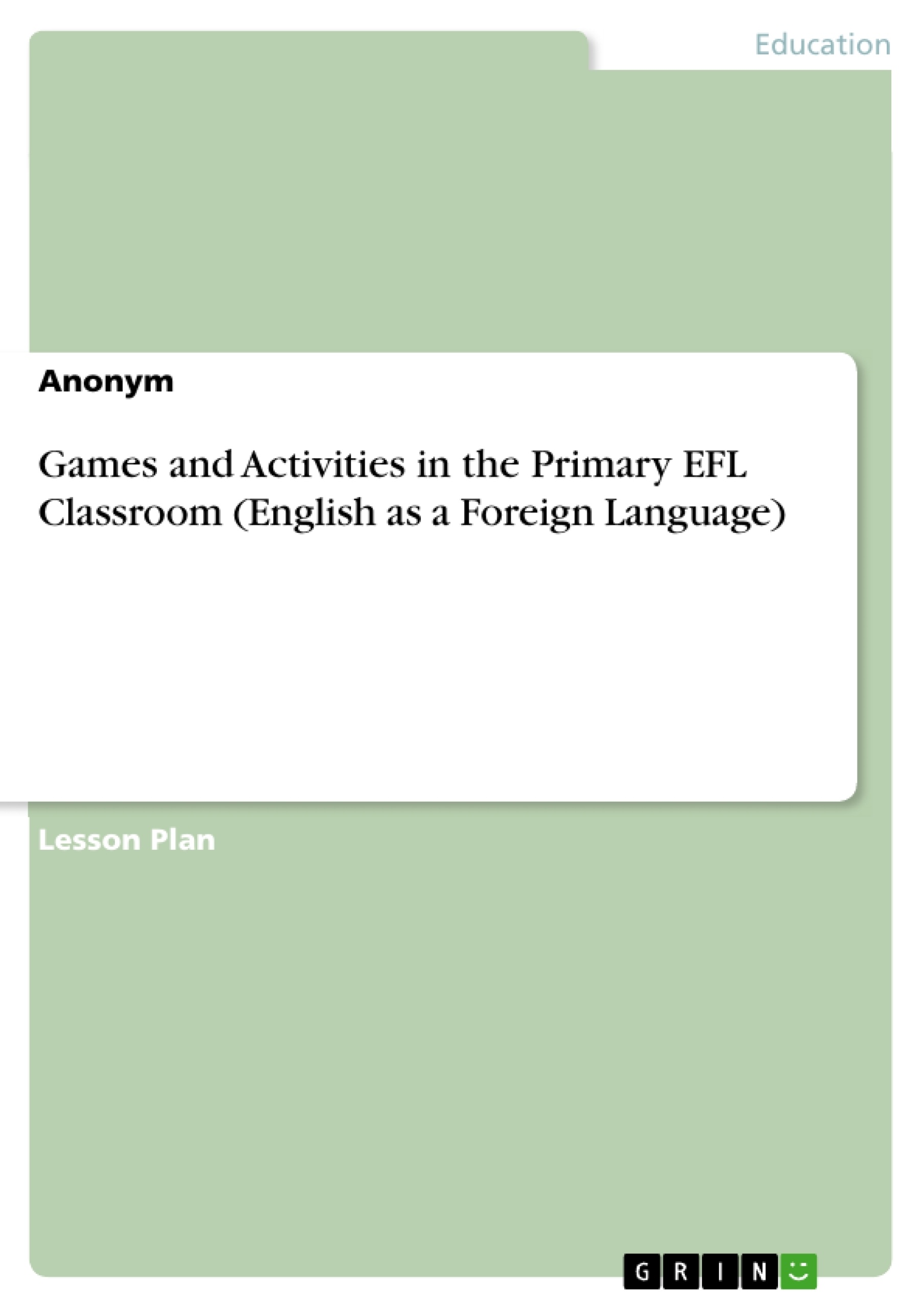Early foreign language learning often challenges both pupils and teachers. Reasons for this are, for example, that many teachers are non-specialists or follow strictly the content of the curriculum or the teaching materials and, therefore, do not make the teaching varied. As a result, pupils are less motivated and do not get involved in learning.
However, by formulating clear learning goals and using appropriate learning methods correctly and in a variety of ways, lessons can be designed to make both pupils and teachers feel comfortable and work together to achieve goals. This essay wants to show that the chosen method of movement can help in the process of vocabulary learning. To illustrate this, a lesson plan was created focusing on movement and vocabulary learning.
The essay is structured as follows: First, it explains exactly what movement means in language teaching and learning and how it can be used effectively. Therefore, potential and limits will be considered. Afterwards, the goal of vocabulary learning will be explained. For both emphases, a connection will be established that is substantiated by the contents of the framework curriculum. In the following discussion, the content and structure of the lesson plan are explained and reasoned. During this presentation, another focus is on the use of different principles of early language learning and the use of differentiation in language teaching. Finally, in the conclusion, the most important arguments of the essay for the named learning goal and the method will be summarized.
Inhaltsverzeichnis (Table of Contents)
- Introduction
- Theoretical background
- Method: Movement
- Learning goal: Vocabulary learning
- Topic: Body parts
- Discussion
- Conclusion
- References
Zielsetzung und Themenschwerpunkte (Objectives and Key Themes)
This essay explores the effectiveness of using movement as a teaching method in early foreign language learning, specifically for vocabulary acquisition. The author aims to demonstrate how movement can contribute to a more engaging and successful learning environment for young language learners.
- The benefits of movement in early foreign language learning
- The importance of vocabulary learning in primary education
- The application of movement to vocabulary learning of body parts
- The use of differentiated instruction in language teaching
- The role of the teacher as a language model for young learners
Zusammenfassung der Kapitel (Chapter Summaries)
- Introduction: This chapter sets the context for the essay by highlighting the challenges faced by both students and teachers in early foreign language learning. It introduces the topic of movement as a teaching method and outlines the essay's structure.
- Theoretical background: This chapter delves into the theoretical underpinnings of using movement in language learning. It explores the concept of movement in the classroom and its potential for engaging learners, promoting vocabulary retention, and enhancing communication skills. The chapter also discusses the benefits of movement in relation to the framework curriculum for early foreign language learning.
- Method: Movement: This section focuses on the specific method of movement in language learning, exploring its effectiveness for different learning styles and its ability to enhance various aspects of language development, such as speech rhythm and vocabulary retention.
- Learning goal: Vocabulary learning: This chapter examines the importance of vocabulary acquisition in early foreign language learning, emphasizing the need for engaging and effective strategies to promote vocabulary retention. The chapter explores how movement can be integrated into vocabulary learning activities to enhance the learning process.
- Topic: Body parts: This chapter focuses on the specific topic of body parts as a suitable subject for vocabulary learning through movement. It discusses how the topic is relevant to the curriculum and how children can engage with the topic through their own experiences and prior knowledge.
Schlüsselwörter (Keywords)
This essay explores the key concepts of early foreign language learning, movement as a teaching method, vocabulary acquisition, and the topic of body parts in the context of primary education. It draws on research and frameworks within the field of language teaching and learning, emphasizing the importance of engaging, differentiated, and developmentally appropriate learning experiences.
- Quote paper
- Anonym (Author), 2018, Games and Activities in the Primary EFL Classroom (English as a Foreign Language), Munich, GRIN Verlag, https://www.grin.com/document/1400951




